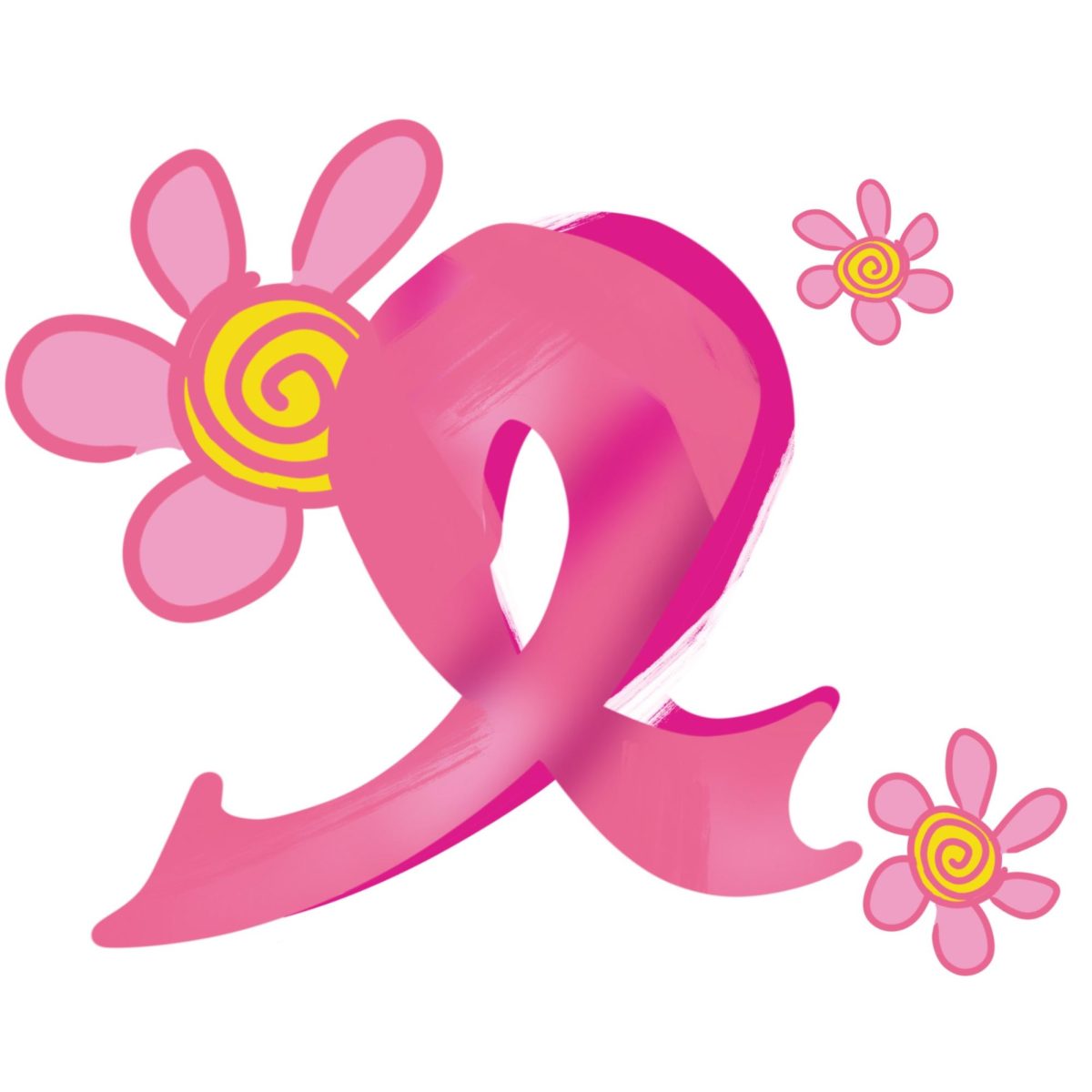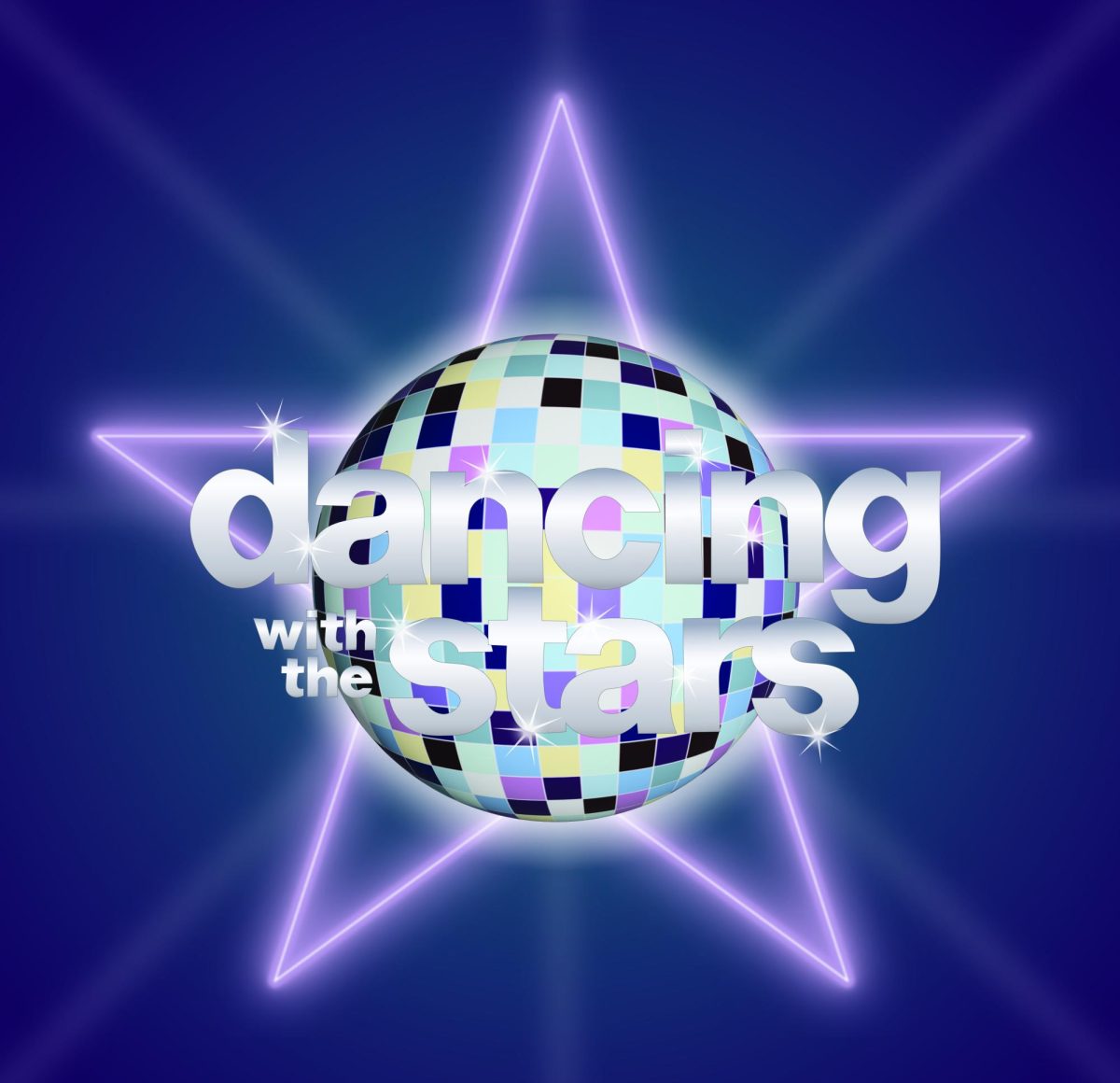This opinion was written by Savana Capp, Kelsie Horner, Isabella Schreck, Grace Springer and Anneliese White from KentWired’s editorial board.
October is Breast Cancer Awareness Month, and the average risk that a woman will develop breast cancer is 13%, according to the American Cancer Society. That is a 1-in-8 chance.
It isn’t all doom and gloom though. In recent years, we have made many advancements in detection and treatment of breast cancer — and that is why awareness is so important.
We all play a role in saving lives. Here are recommendations from the American Cancer Society about best practices and what you can do to detect breast cancer early.
- It is important to get regular screenings to help detect breast cancer early. Cancer detected early, while it is still small and has not spread, is much easier to treat.
- Here are the society’s screening recommendations for women of average risk. (Please visit the American Cancer Society website to see guidelines for women of high risk):
- Women between 40 and 44 have the option to start screening with a mammogram every year.
- Women 45 to 54 should get mammograms every year.
- Women 55 and older can switch to a mammogram every other year, or they can choose to continue yearly mammograms. Screening should continue as long as a woman is in good health and is expected to live at least 10 more years.
- All women should understand what to expect when getting a mammogram for breast cancer screening – what the test can and cannot do.
It is also imperative that women of any age stay informed about the possible signs and symptoms of breast cancer.
Women can and should perform self-breast exams throughout the year, checking for any lumps, swelling, skin dimpling, redness and tenderness. Skin discoloration and nipple discharge can also be symptoms of breast cancer, according to the National Breast Cancer Foundation. The foundation recommends menstruating women perform exams a few days before their period begins.
To reduce the risk of breast cancer, the American Cancer Society recommends young women lower or cut out their alcohol consumption, stay physically active and eat a plant-forward diet.
A message of encouragement
To those currently battling breast cancer, we stand with you. For those who are recovering, we commend you. And to those who have lost their lives or lost a family member, we are here for you.
There are currently over 4 million breast cancer survivors in the United States, which includes those finished with and currently going through treatment.
And they are all an inspiration.
This month is an opportunity for survivors or those battling breast cancer to tell their story and for us to listen. Savana Capp, Kelsie Horner, Isabella Schreck, Grace Springer, Audrey Trevarthan and Anneliese White contributed to this editorial. Contact the editorial team at [email protected].






Lori Keller • Dec 2, 2023 at 12:42 am
I just finished my treatments in August! Thank you for this article!